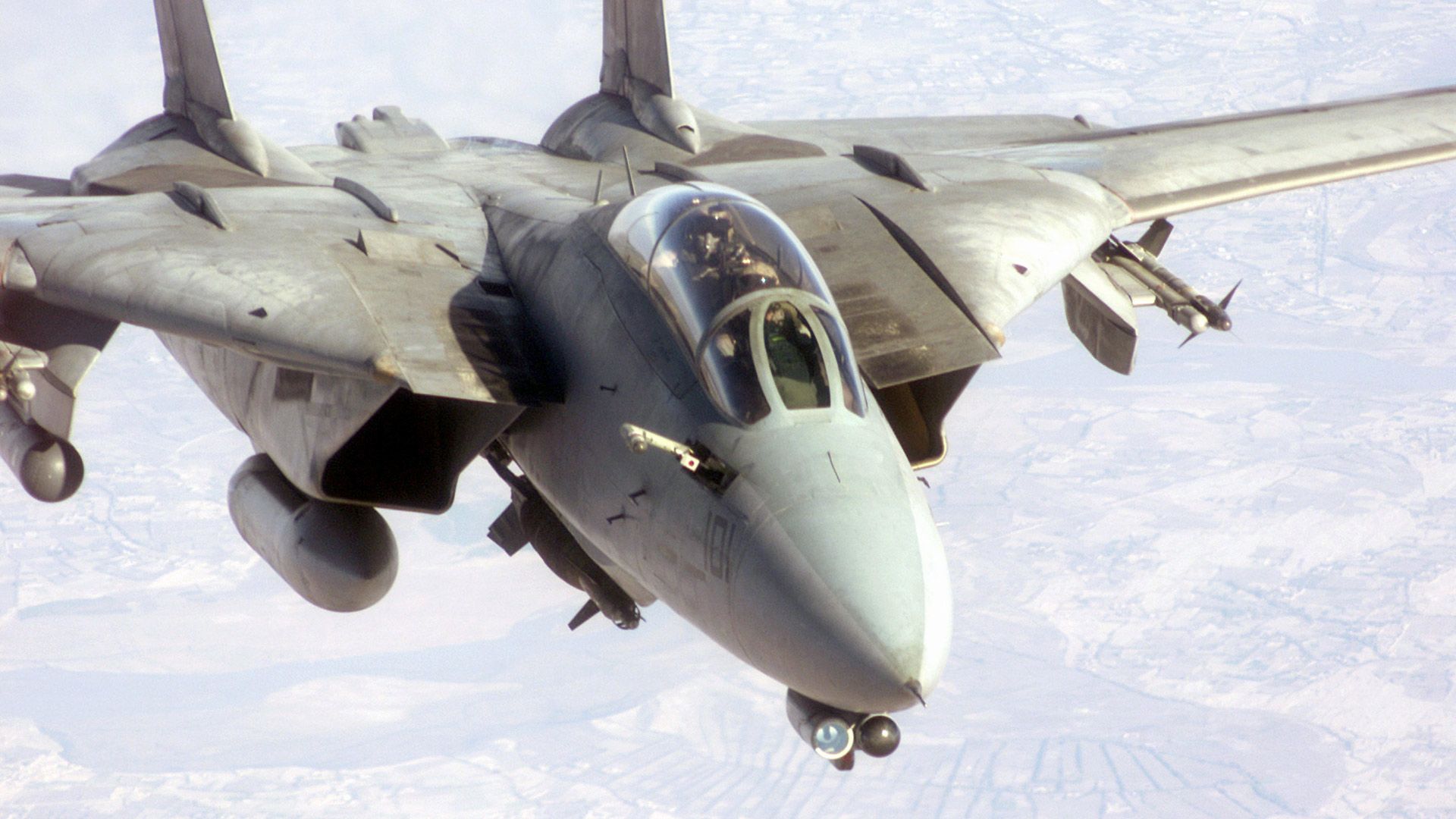- cross-posted to:
- [email protected]
- cross-posted to:
- [email protected]
For a long time, what is now considered to be a prime candidate for the title of the ‘world’s first microprocessor’ was a very well-kept secret for nearly 30 years. The MP944 is the inauspicious name of the chip we want to highlight today. It was developed to be the brains behind the U.S. Navy’s F-14 Tomcat’s Central Air Data Computer (CADC). Thus, it isn’t surprising that the MP944 was a cut above the Intel 4004, the world’s first commercial microprocessor, which was designed to power a desktop calculator.



Unless they’re seeing actual benefits for a neural processing unit, I’d guess you’re right about the processors. The ISS runs on 386 processors and those were a surprisingly outdated choice in that era. Even with the advanced flight characteristics of a modern fighter, I’d guess they don’t really need the power modern chips are capable of offering.
But yeah, the radars and other sensors? Certainly not off-the-shelf for flagship aircraft.
I thought NASA was well stocked with 486 CPUs? Quite a cut about the 386! (I know the ISS is not all NASA.) In any case, the wide wires make for less bit flipping. :)
I mean, it’s not just fly-by-wire. If they do any signal processing in CPU or GPU they’d need power - and I’m sure they do for the higher level processing, since they’re always updating things like target identification and electronic countermeasures to keep pace.
The F-35, for example, famously has all kinds of automatic combat information and networked communications management as well, and includes a display that allows pilots to virtually see through the floor. It adds up to 4 million lines of code or so. (All proprietary and controlled by America, which has made Canada’s acquisition deal a political hot potato post-Trump)